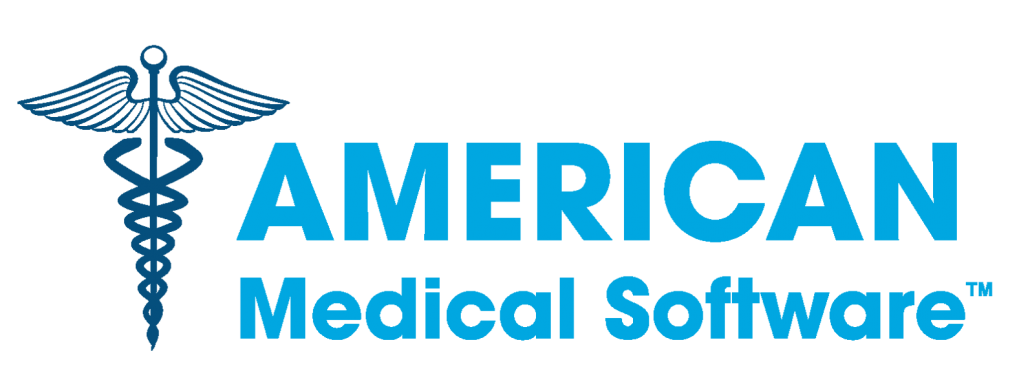ICD-10 Conversion: Do Or Die
Failure to meet upcoming deadlines could mean major disruptions in claims payments for healthcare organizations.
 While most providers are busy deploying financial, technology, and people resources to meet the Meaningful Use program requirements in the hope of obtaining large government bonuses, these payments–between $44,000 and $63,000 per eligible professional–are a drop in the bucket compared to the revenue your organization could lose if you miss the ICD-10 conversion deadlines. To put it bluntly, ignoring the Oct. 1, 2013 deadline could mean zero payments coming in for patient care
While most providers are busy deploying financial, technology, and people resources to meet the Meaningful Use program requirements in the hope of obtaining large government bonuses, these payments–between $44,000 and $63,000 per eligible professional–are a drop in the bucket compared to the revenue your organization could lose if you miss the ICD-10 conversion deadlines. To put it bluntly, ignoring the Oct. 1, 2013 deadline could mean zero payments coming in for patient care
The transition from ICD-9 to ICD-10 involves expanding medical diagnosis codes from the current 14,000 to more than 67,000, and procedure codes from 13,000 to 85,000. The U.S. Department of Health and Human Services (HHS) hopes the move will help the industry identify more billing fraud, allow more thorough quality reporting by healthcare providers, and enable refinements in reimbursement models through more detailed diagnostic and procedure data. HHS also expects the conversion will improve patient care and outcomes through new insights that may be uncovered in analysis of the more detailed clinical data.
But the road to ICD-10 will be a rocky one. The conversion “has an impact similar to Y2K several years back. It was a cumbersome process,” said Pradep Nair, senior VP of healthcare for IT services firm HCL in an interview with InformationWeek Healthcare. On a more positive note, as busy as healthcare organizations are with other mandates, these projects are “making some CIOs step back and reevaluate the IT landscape, helping them clean up their systems,” Nair said.
This kind of IT housecleaning includes not only consolidating software platforms that have multiple systems for billing, administrative, and patient care activities, but also improving processes as the new mandates for Meaningful Use are being worked on from a technology perspective.
 Still, from the provider’s perspective, much of the work needed to reach ICD-10 compliance is people- and process-oriented, rather than technology-heavy, according to Beth Mahan, principal at Booz Allen Hamilton’s healthcare division.
Still, from the provider’s perspective, much of the work needed to reach ICD-10 compliance is people- and process-oriented, rather than technology-heavy, according to Beth Mahan, principal at Booz Allen Hamilton’s healthcare division.
Indeed, payers–not providers–face the biggest ICD-10 burdens, said Nair. That’s because most providers are relying on practice management, billing, and other software vendors to do much of the code conversion work. “The onus is on the vendors,” Nair said. Nevertheless, if a provider uses an onsite practice management system, for instance, versus a cloud-based software offering–where upgrades are more or less automatic–the provider will have to get their own IT staff or outside help to deploy updated software that’s compliant with the ICD-10 code set.
Mahan agrees that providers who use third-party software for practice management, billing, and other processes can often rely on their vendors to take care of many technical aspects of software conversion. But provider organizations still need to focus on processes and people during ICD-10 conversion. “We don’t want technology waving the dog’s tail,” she said.
“This is a good opportunity to improve processes and practices, like documentation,” said Mahan. Accurate and thorough documentation by clinicians is critical not only to help smooth the transition to ICD-10 and related billing issues, but also to tap the care improvement and data analysis potential that the new, more elaborate coding presents.
“Better documentation and diagnosis and treatment coding can help with reminders and other triggers” for best care practices, said Mahan. For instance, documenting certain glucose levels could trigger recommendations for certain treatments or testing. “These codes go into specifics. If we can get specific information about diagnoses and care of diabetic patients, it can give us an idea of what the disease looks like nationally and internationally,” she said. Eventually, the richer data about diagnoses and procedures might help shed light on the type of care that will improve outcomes for subsets of patients.
Source: www.informationweek.com; Marianne Kolbasuk McGee; February 6, 2012




Leave a Reply
Want to join the discussion?Feel free to contribute!